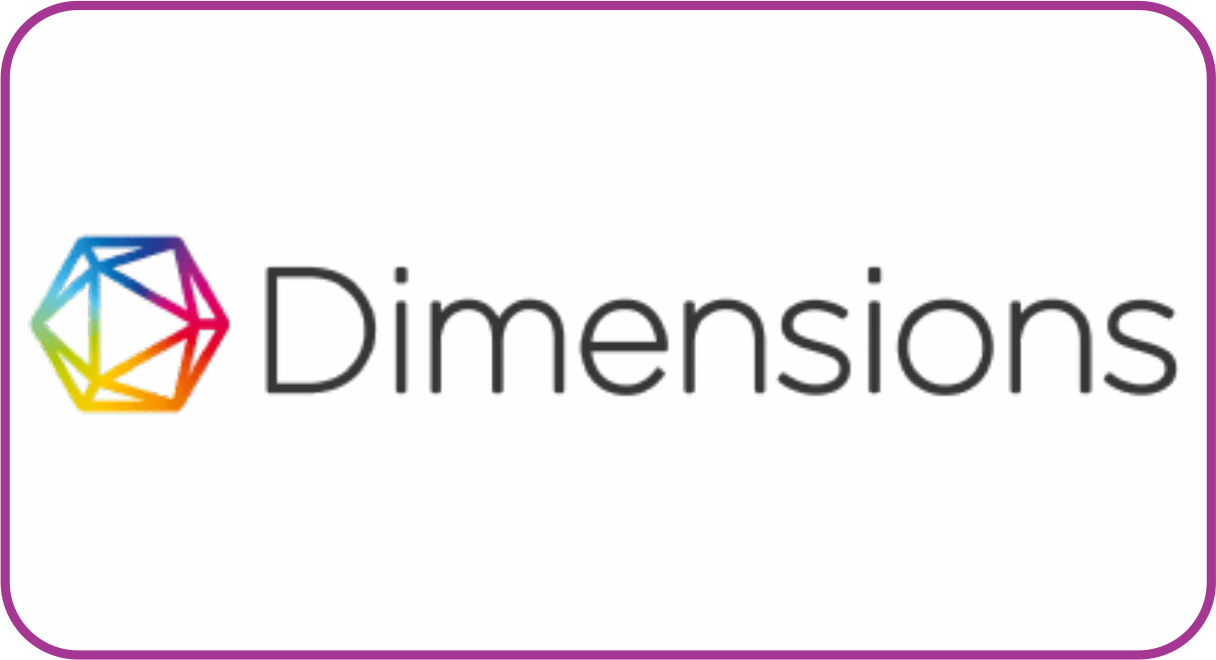The Correlation between Students’ Habit of Taking Notes and Their Writing Ability at Senior High School
DOI:
https://doi.org/10.30983/mj.v2i2.5876Keywords:
habit, note-taking, writing and writing abilityAbstract
This study aims to determine the correlation between students' habit of taking notes and their writing ability at senior high school. This type of research is correlational quantitative research. The sample of this research is class XI, 1 class totaling 33 students. In determining the sample, the researcher used the Cluster Random Sampling technique. The research instrument was a questionnaire sheet to measure students' habit of taking notes and the writing test to measure students' writing ability. The data analysis technique was carried out by calculating the Pearson Product Moment Correlation statistic. The results of this study indicate that r-count = 0.358 with an interpretation of r 0.20 - 0.39 so that the level of relationship between the two variables is in the Low Correlation category. While the 5% significant test is 0.344. It is known that r-count is higher than r-table with a significant level of 5% (0,358>0,344) which mean Ha is accepted and Ho is rejected. So the hypothesis of this research is accepted; is there any correlation between students’ habit of taking notes and their writing ability at senior high school? Thus, it can be concluded that there is a significant relationship between students' habit of taking notes and their writing ability at senior high school.
Penelitian ini bertujuan untuk mengetahui hubungan antara kebiasaan siswa mencatat dan kemampuan menulis siswa pada tingkat SMA. Jenis penelitian ini adalah penelitian kuantitatif korelasional. Sampel penelitian ini kelas XI yaitu 1 kelas yang berjumlah 33 siswa. Dalam penentuan sampel, peneliti menggunakan teknik Cluster Random Sampling. Instrument penelitian berupa lembaran angket untuk mengukur kebiasaan siswa mencatat dan tes menulis teks deskripsi untuk mengukur kemampuan menulis siswa. Teknik analisis data dilakukan dengan perhitungan statistik Pearson Product Moment Correlation. Hasil penelitian ini menunjukan bahwa r-hitung = 0.358 dengan interpretasi r 0.20 - 0.39 sehingga tingkat hubungan antara dua variabel di kategori Low Correlation. Sedangkan uji signifikan 5% sebesar 0.344. Diketahui r-hitung lebih besar dari r-table dengan taraf signifikan 5% (0,358>0,344) yang berarti Ha diterima dan Ho ditolak. Jadi hipotesis dalam penelitian ini diterima; Apakah ada hubungan antara kebiasaan siswa mencatat dengan kemampuan menulisnya di SMA?. Dengan demikian dapat disimpulkan bahwa terdapat hubungan yang signifikan antara kebiasaan siswa mencatat dan kemampuan menulis siswa pada tingkat SMA.
References
Arikunto, S. 2010. Prosedur Penelitian Suatu Pendekatan Prakrik. Jakarta : Rineka Cipta.
Anggeriyanti, W. (2017). The correlation between students’ reading habit and their writing skill. International Conference on Teaching and Education, 1(2), 205–214.
Boch, F., & Piolat, A. (2005). Note taking and learning: A summary of research. The WAC Journal, 16(September), 101–113.
Chang, W. C., & Ku, Y. M. (2015). The effects of note-taking skills instruction on elementary students reading. Journal of Educational Research, 108(4), 278–291. https://doi.org/10.1080/00220671.2014.886175
Chen, W., Chan, T. W., Wong, L. H., Looi, C. K., Liao, C. C. Y., Cheng, H. N. H., Wong, S. L., Mason, J., So, H. J., Murthy, S., Gu, X., & Pi, Z. (2020). IDC theory: habit and the habit loop. Research and Practice in Technology Enhanced Learning, 15(1). https://doi.org/10.1186/s41039-020-00127-7
Dean, J. (2013). Making Habits, Breaking Habits. Da Capo Press.
Durga, M., Vijayan, D., & Krishnan, K. V. (2018). Note-taking habits among university students ; A cross sectional study. International Journal of Pure and Applied Mathematics, 119(12), 2537–2543.
Eka Yoandita, P. (2019). An analysis of students’ ability and dificulties in writing descriptive text. Jurnal JOEPALLT, 7(1). https://jurnal.unsur.ac.id/jeopalltonline%0Ahttps://jurnal.unsur.ac.id/jeopallt
Fanguy, M., Baldwin, M., Shmeleva, E., Lee, K., & Costley, J. (2021). How collaboration influences the effect of note-taking on writing performance and recall of contents. Interactive Learning Environments, 0(0), 1–15. https://doi.org/10.1080/10494820.2021.1950772
Fauzan, U., Aulya, S. F., & Noor, W. N. (2020). Writing Error Analysis in Exposition Text of the EFL Junior High School Students. Indonesian Journal of EFL and Linguistics, 5(2), 517. https://doi.org/10.21462/ijefl.v5i2.330
Gay, L. R., Mills, G. E., & Airasian, P. (2012). Educational research competencies for analysis and application (Tenth edis). Pearson Education,.
Haghverdi, H. R., Biria, R., & Karimi, L. (2010). The effect of note-taking strategy instruction on the students’ academic achievement. Journal of Asia TEFL, 7(2), 123–151.
Hüseyin, Ö. (2019). Impact of note taking during reading and during listening on comprehension. Educational Research and Reviews, 14(16), 580–589. https://doi.org/10.5897/err2019.3812
Indrilla, N., & Ciptaningrum, D. S. (2018). An approach in Teaching Writing Skills: Does it offer a new insight in enhancing students’ writing ability. Journal: A Journal on Language and Language Teaching, 21(2), 124–133.
Jayanti, A. D. (2019). Students’ Writing Ability on English Descriptive Text at Grade VIII in SMPN 33 Padang. ENGLISH FRANCA : Academic Journal of English Language and Education, 3(1), 274–282.
Kartika, W. P., & Saun, S. (2013). Using one word-two word-three word game in teaching writing a descriptive text. Journal of English Language Teaching, 1(2), 292–300.
Nazari, L., & Mahmoodi, K. (2015). The effect of using note taking on EFL students’ writing improvement. International Journal of Educational Investigations, 2(3), 139–147. http://www.ijeionline.com/attachments/article/40/IJEIonline_Vol.2_No.3_2015-3-14.pdf
Ratnaningsih, E. (2016). Improving students writing ability through the used of dictogloss technique. Transformatika, 12(12), 01–14.
Salame, I. I., & Thompson, A. (2020). Students’ views on strategic note-taking and its impact on performance, achievement, and learning. International Journal of Instruction, 13(2), 1–16. https://doi.org/10.29333/iji.2020.1321a
Sianna, S., & Syawal, S. (2017). The implementation of poew in teaching writing. International Journal of Language Education, 1(1), 51–61. https://doi.org/10.26858/ijole.v1i1.2871
Siyoto, S., & Sodik, A. (2015). Dasar metodologi peneitian (Ayup (ed.)). Literasi Media.
Sugiyono. (2013). Metode penelititan kuantitatif kualitatif dan R&D. Alfabeta, Bandung.
Susilawati, F. (2017). Teaching writing of narrative text through digital comic. Journal of English and Education, 5(2), 103–111. http://ejournal.upi.edu/index.php/L-E/article/view/9939
Taufikurohman, I. sukma. (2018). The effectiveness of using padlet in teaching writing descriptive text. Journal of Applied Linguistics and Literacy, 2(2), 71–88.
Witherby, A. E., & Tauber, S. K. (2019). The Current Status of Students’ Note-Taking: Why and How Do Students Take Notes? Journal of Applied Research in Memory and Cognition, 8(2), 139–153. https://doi.org/10.1016/j.jarmac.2019.04.002
Wulandari, F. (2019). The use of note taking pairs in developing students’ writing skill of recount text (A True Experimental Study at Eighth Grade Students of MTs. Negeri 1 Jepara in The Academic Year of 2018/2019). Jurnal Edulingua, 6(2), 1–14.
Yi, J. (2009). Defining Writing Ability for Classroom Writing Assessment in High Schools. Pan-Pacific Association of Applied Linguistics, 13(1), 53–69.
Downloads
Submitted
Accepted
Published
Issue
Section
License
Authors who publish with this journal agree to the following terms:
- Authors retain copyright and grant the journal right of first publication with the work simultaneously licensed under a Creative Commons Attribution License that allows others to share the work with an acknowledgment of the work's authorship and initial publication in this journal.
- Authors are able to enter into separate, additional contractual arrangements for the non-exclusive distribution of the journal's published version of the work (e.g., post it to an institutional repository or publish it in a book), with an acknowledgment of its initial publication in this journal.
- Authors are permitted and encouraged to post their work online (e.g., in institutional repositories or on their website) prior to and during the submission process, as it can lead to productive exchanges, as well as earlier and greater citation of published work (See The Effect of Open Access).









